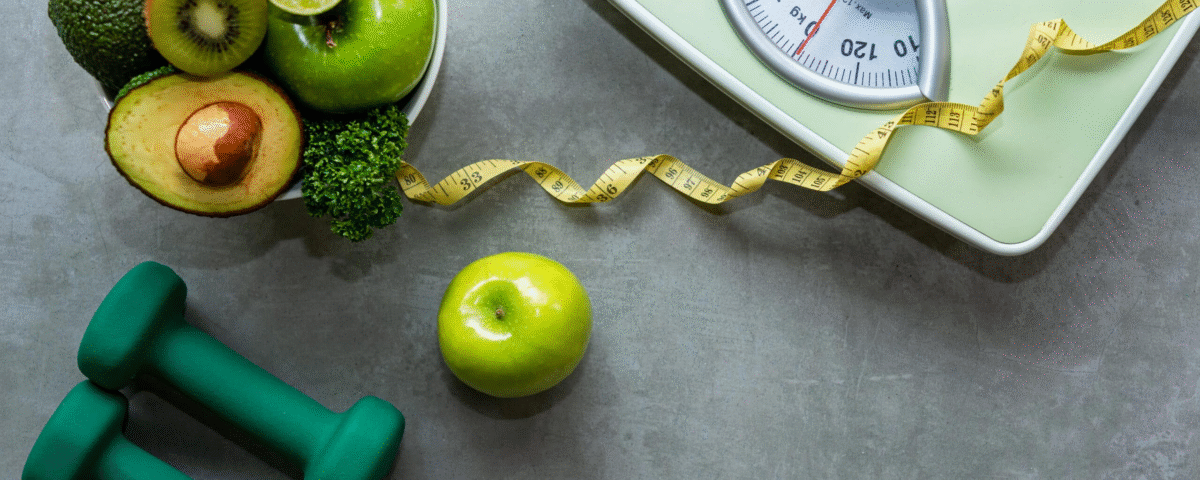
How to Choose the Right Program for Your Career: A Complete Guide
September 4, 2025
Inspiring Real-Life Success Stories of Students Who Overcame Challenges
September 4, 2025Losing weight is one of the most common health goals worldwide, yet it can also feel overwhelming when you don’t know where to begin. With so many workout routines, diet plans, and trendy challenges flooding the internet, it’s easy to get lost. But the truth is, the best fitness program for weight loss isn’t about quick fixes or extreme routines—it’s about finding a sustainable plan that fits your body, lifestyle, and goals.
In this article, we’ll break down what makes a fitness program effective for weight loss, explore different types of workouts, and help you design a plan that actually works. By the end, you’ll have a clear idea of how to start, stay consistent, and see results.
Why Fitness Matters for Weight Loss
Weight loss ultimately comes down to a simple equation: calories in vs. calories out. While nutrition plays a massive role, exercise helps you burn more calories, boost metabolism, and preserve lean muscle mass as you lose fat.
But fitness isn’t just about burning calories. Regular exercise also:
- Improves heart health
- Enhances mood and reduces stress
- Builds strength and endurance
- Increases flexibility and mobility
- Helps you maintain results long-term
That’s why the best fitness program for weight loss is one that combines cardio, strength training, and flexibility work for a well-rounded approach.
Key Elements of the Best Fitness Program for Weight Loss
1. Cardio Workouts
Cardio is essential for burning calories quickly. Activities like running, brisk walking, cycling, or swimming raise your heart rate and help create the calorie deficit needed for fat loss.
- High-Intensity Interval Training (HIIT): Short bursts of intense activity followed by rest. Great for burning maximum calories in less time.
- Steady-State Cardio: Moderate intensity over a longer period, such as jogging or cycling.
2. Strength Training
Many people believe cardio is enough for weight loss, but strength training is just as important. Building muscle increases your resting metabolism, meaning you burn more calories even when you’re not working out.
Strength training can include:
- Bodyweight exercises (push-ups, squats, planks)
- Free weights (dumbbells, kettlebells, barbells)
- Resistance bands or machines
3. Flexibility and Mobility
While stretching doesn’t burn a lot of calories, it helps prevent injury, improves posture, and supports recovery. Yoga or Pilates are excellent options to enhance flexibility and balance.
4. Consistency and Progression
The best program isn’t about intensity alone—it’s about consistency. Aim for at least 150 minutes of moderate exercise or 75 minutes of vigorous exercise per week, along with 2–3 strength sessions. Gradually increase intensity, duration, or resistance as your body adapts.
Sample Fitness Program for Weight Loss
Here’s a simple weekly structure to follow:
| Day | Workout Type | Example Activities |
|---|---|---|
| Monday | Cardio (HIIT) | 20 minutes of sprints & jogging intervals |
| Tuesday | Strength Training (Upper Body) | Push-ups, dumbbell presses, rows |
| Wednesday | Active Recovery | Yoga, stretching, or light walking |
| Thursday | Cardio (Steady-State) | 30–45 minutes of cycling or swimming |
| Friday | Strength Training (Lower Body) | Squats, lunges, deadlifts |
| Saturday | Mixed Workout | Circuit training combining cardio + strength |
| Sunday | Rest Day | Light walk or mobility work |
This balanced plan ensures you burn calories, build muscle, and avoid burnout.
How to Stay Motivated on Your Weight Loss Journey
Starting a new fitness routine feels exciting, but staying consistent is the real challenge. Here are some tips to keep you on track:
- Set realistic goals. Instead of aiming to lose 20 pounds in a month, focus on 1–2 pounds per week.
- Track your progress. Use photos, measurements, or fitness apps to stay motivated.
- Find accountability. Workout with a friend or join a class.
- Celebrate non-scale victories. Improved energy, better sleep, or fitting into smaller clothes are just as rewarding as numbers on the scale.
- Mix it up. Try different workouts to avoid boredom.
Nutrition + Fitness = Best Results
Even the best fitness program won’t work if your diet doesn’t support your goals. To maximize weight loss:
- Eat a balanced diet rich in lean protein, vegetables, whole grains, and healthy fats.
- Avoid highly processed foods and sugary drinks.
- Control portion sizes.
- Stay hydrated.
Think of it this way: exercise shapes your body, but diet reveals it. Combining both is the ultimate key to success.
Common Mistakes to Avoid
- Only doing cardio: You’ll lose weight but risk muscle loss. Always include strength training.
- Overtraining: More isn’t always better. Rest days are crucial for recovery.
- Skipping warm-up and cool-down: This increases your risk of injury.
- Expecting instant results: Weight loss takes time. Patience and persistence are your best tools.
- Ignoring nutrition: No workout can out-train a poor diet.
Final Thoughts
The best fitness program for weight loss is not about extreme challenges or punishing workouts—it’s about creating a sustainable lifestyle. A mix of cardio, strength training, and flexibility exercises, paired with a healthy diet, will deliver long-term results. Remember, the best plan is the one you can stick to consistently.
Stay patient, stay committed, and you’ll not only lose weight but also feel stronger, healthier, and more confident.
FAQs About the Best Fitness Program for Weight Loss
1. How many days a week should I exercise for weight loss?
Aim for at least 4–5 workout days per week, combining cardio and strength training for optimal results.
2. Can I lose weight with just strength training?
Yes, but combining strength training with cardio typically leads to faster and more effective weight loss.
3. Is HIIT better than steady-state cardio for weight loss?
HIIT burns more calories in less time, but steady-state cardio is easier to sustain long-term. A mix of both works best.
4. Do I need a gym membership to start a fitness program?
Not at all! You can lose weight with bodyweight exercises, home workouts, or outdoor activities.
5. How long will it take to see results?
Most people notice changes within 4–6 weeks of consistent exercise and healthy eating. Results vary depending on effort, metabolism, and starting point.



